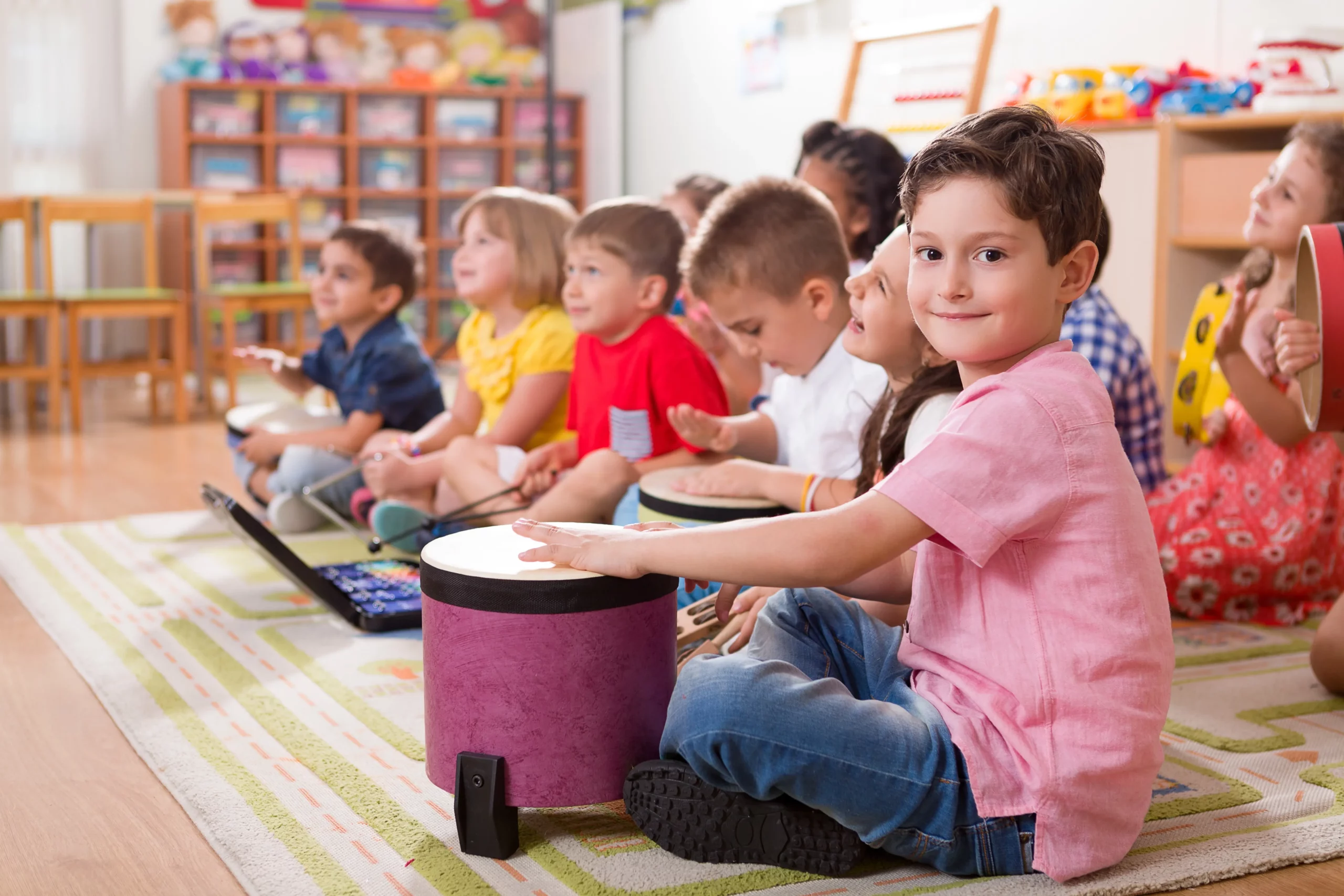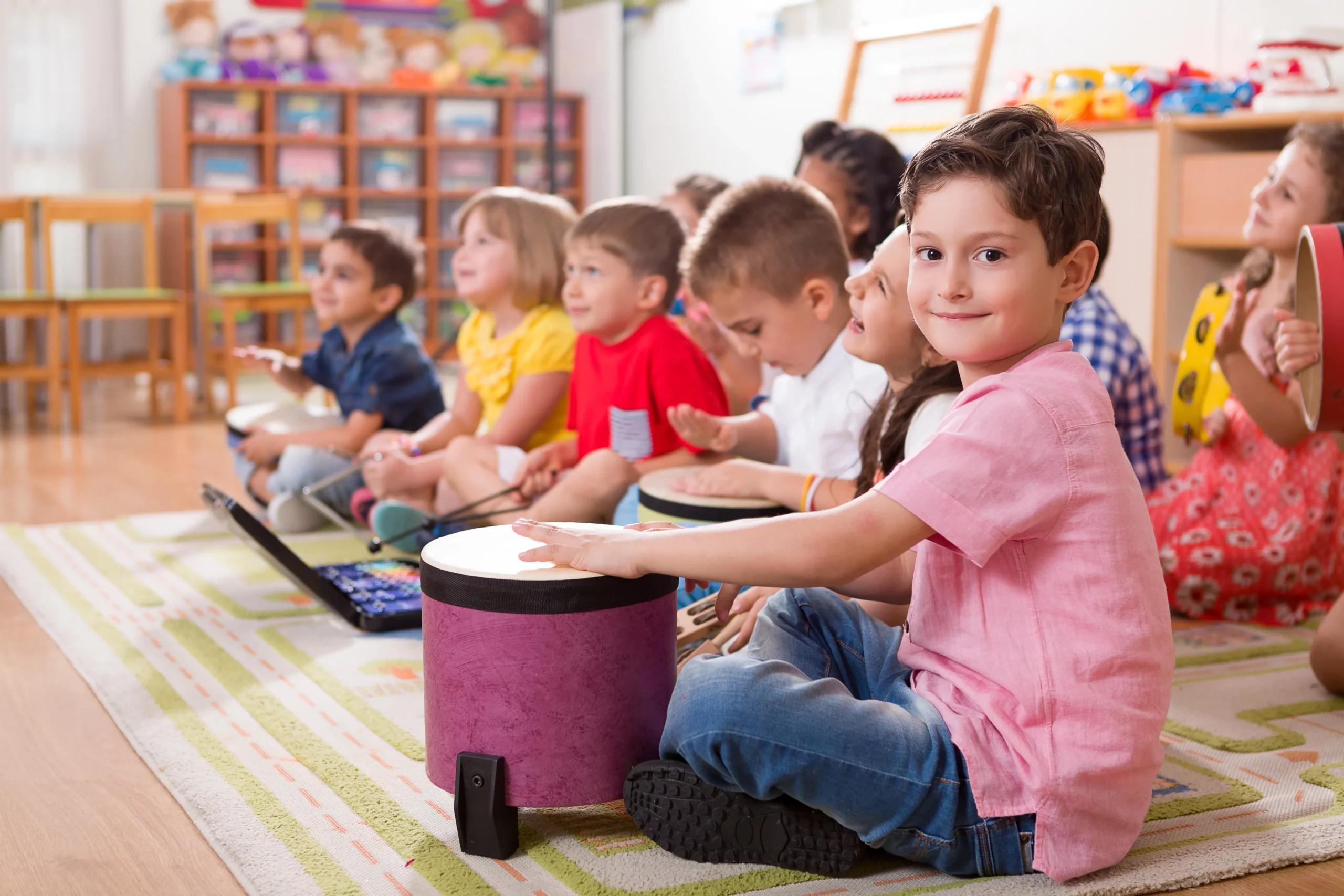As a parent or educator, you may have heard of co-curricular activities and their potential benefits for students. Co-curricular activities refer to extracurricular activities that are directly related to the curriculum, such as sports teams, music ensembles, clubs, and academic competitions. These activities are a crucial component of a student's educational experience, and they provide numerous benefits that extend beyond the classroom. In this blog post, we will explore the top five benefits of co-curricular activities for students and how they can enhance their overall development.
At CIS Jax, we understand the importance of providing students with a well-rounded education that goes beyond traditional classroom learning. Our best after school programs are designed to offer a diverse range of co-curricular activities that cater to the interests and goals of every student. By participating in these programs, students can develop new skills, build social connections, and explore their passions.

1- Develop Life Skills:
One of the significant benefits of co-curricular activities is the development of essential life skills that can be applied in real-life situations. These skills include communication, teamwork, leadership, time management, problem-solving, and decision-making. Co-curricular activities provide students with an opportunity to apply these skills in a practical setting, which can help them develop confidence, independence, and a sense of responsibility.
For example, participating in a debate club can help students improve their communication and public speaking skills, which can be applied in future careers. Joining a sports team can help students develop teamwork, leadership, and time management skills, which can be beneficial in any field. These skills can be developed through various co-curricular activities, making them an integral part of a student's overall development.
2- Enhance Academic Performance:
Participating in co-curricular activities can also have a positive impact on a student's academic performance. Engaging in activities that they enjoy can help students develop a sense of purpose and motivation that can translate into improved academic performance. The best after school programs can also help students learn to balance their time between academic studies and other activities, which can improve their time management skills and reduce stress levels.
For example, a student who participates in a robotics club may develop a better understanding of physics and mathematics, which can help them excel in those subjects. Similarly, a student who participates in a music club may develop better reading and comprehension skills, which can improve their performance in English and literature classes. Co-curricular activities can provide a new perspective on academic subjects and make learning more engaging and enjoyable.
3- Explore Interests and Passions:
Co-curricular activities also provide an opportunity for students to explore their interests and passions outside of the academic curriculum. They can try new things, discover hidden talents, and develop hobbies that can bring them joy and satisfaction. This exploration can help students develop a sense of self-awareness and identity that can be beneficial in personal and professional growth.
For example, a student who participates in a drama club may discover a passion for acting and pursue a career in the performing arts. Similarly, a student who participates in a science club may develop an interest in environmental issues and pursue a career in environmental science. Co-curricular activities can help students discover their passions and provide them with the skills and experiences needed to pursue them.

4- Build Social Connections:
Participating in co-curricular activities can also help students build social connections and relationships with their peers. These connections can be invaluable in creating a supportive and inclusive community that can help students navigate the challenges of academic and personal life. Co-curricular activities can provide a space for students to connect with others who share similar interests, values, and goals.
For example, a student who participates in a service club may develop friendships with other students who are passionate about volunteering and giving back to the community. Similarly, a student who participates in a cultural club may connect with other students who share their cultural background and traditions. Co-curricular activities can help students build a sense of belonging and community that can enhance their overall well-being.
5- Improve Mental Health:
Finally, co-curricular activities can also have a positive impact on a student's mental health. Engaging in activities that they enjoy can reduce stress levels and improve overall well-being. Co-curricular activities can provide a break from the academic demands of school and allow students to focus on something that they are passionate about. This can help students manage their mental health and reduce the risk of burnout.
For example, a student who participates in a yoga club may develop relaxation techniques that can help them manage stress and anxiety. Similarly, a student who participates in a gardening club may find solace in the act of nurturing plants and being in nature, which can improve their overall well-being. Co-curricular activities can provide a space for students to prioritize their mental health and well-being.
Conclusion:
In conclusion, co-curricular activities are an essential part of a student's overall development. They provide an opportunity for students to develop life skills, enhance academic performance, explore interests and passions, build social connections, and improve mental health. These benefits can have a significant impact on a student's future success and well-being. Therefore, it is crucial to encourage and support students in participating in the best after school programs and activities that align with their interests and goals. Schools and communities can work together to provide a diverse range of co-curricular activities that cater to the diverse needs and interests of students.
Related Tag: Volunteer Opportunities Jacksonville FL


